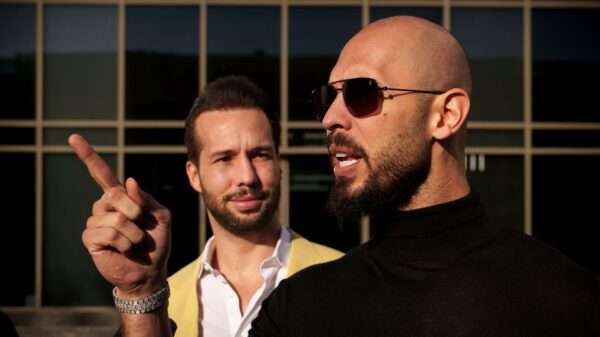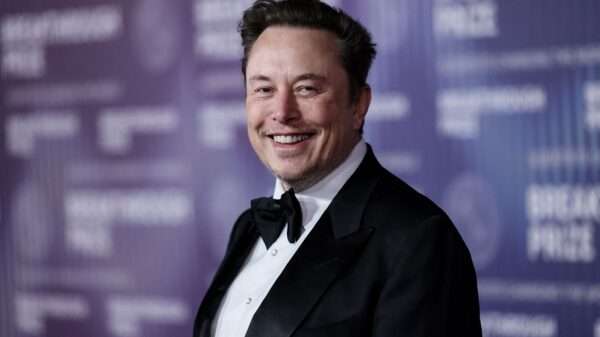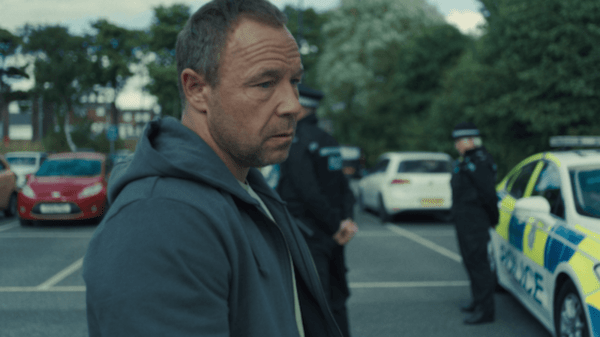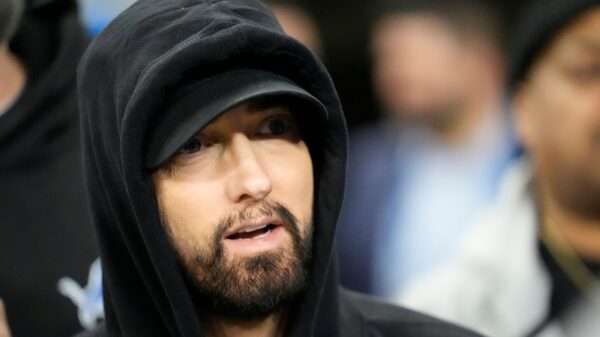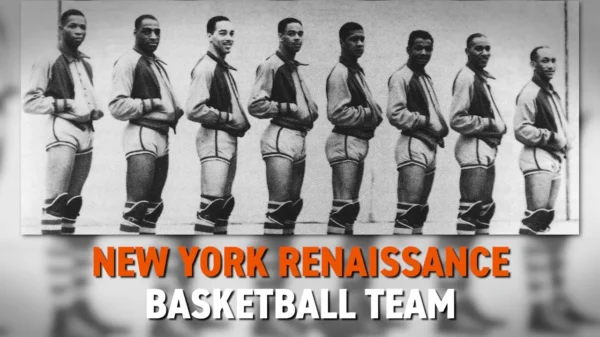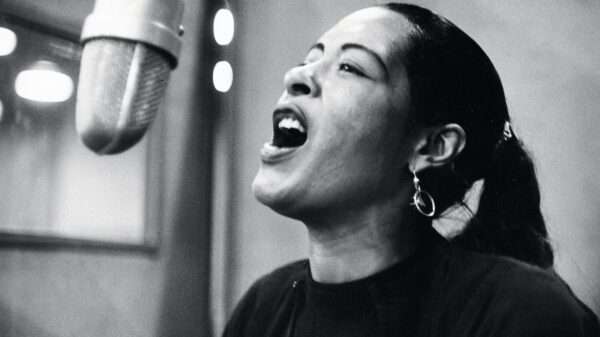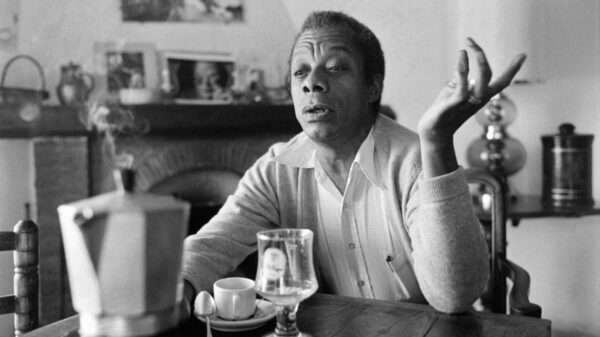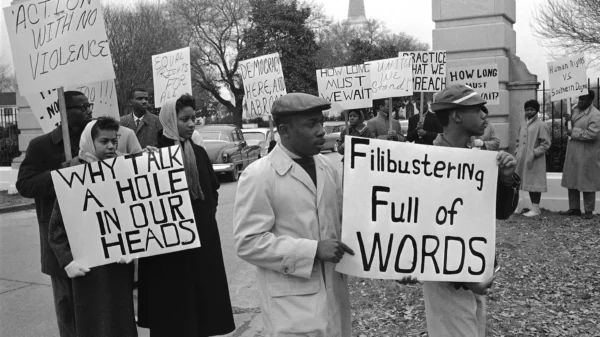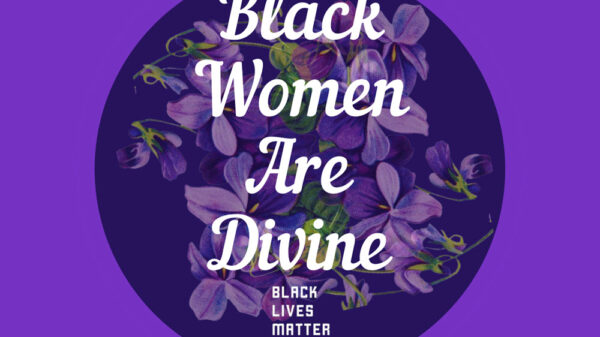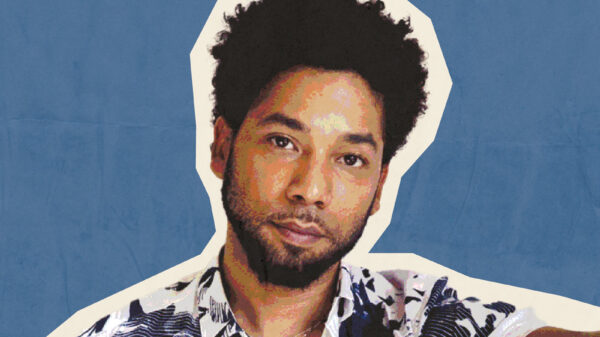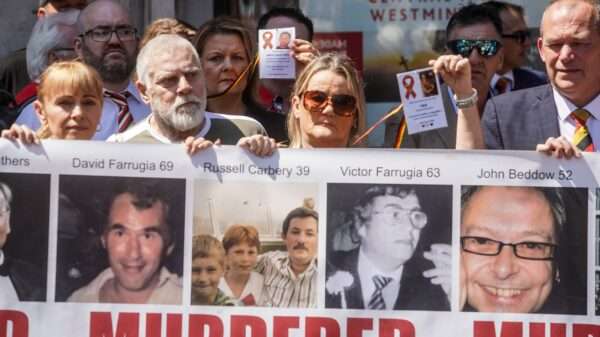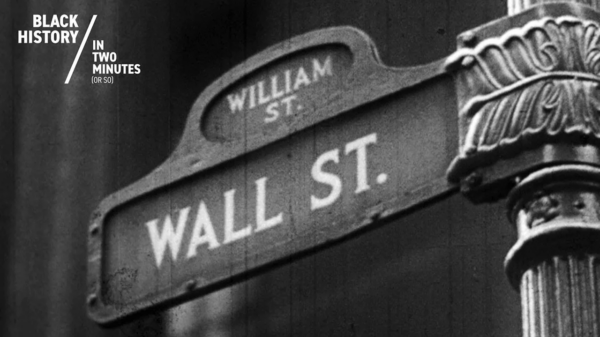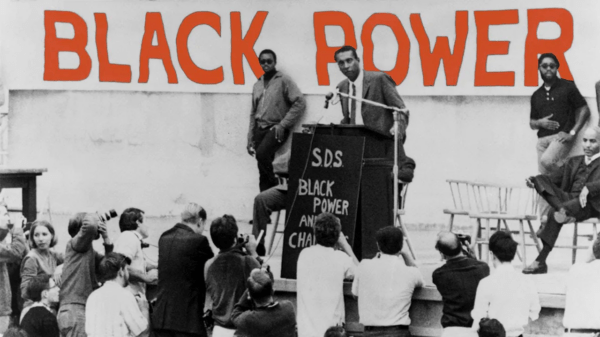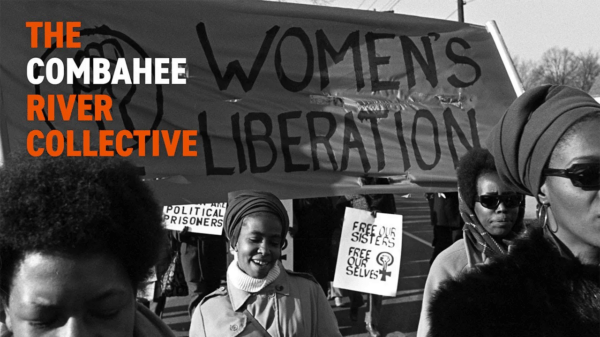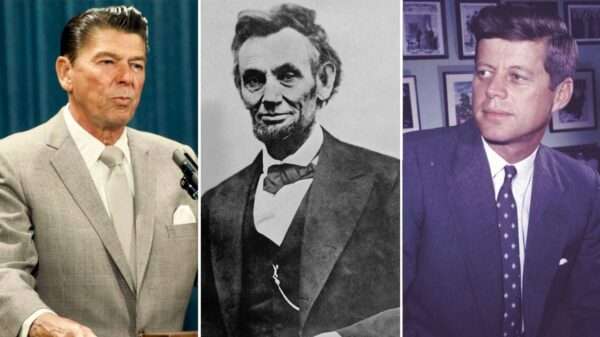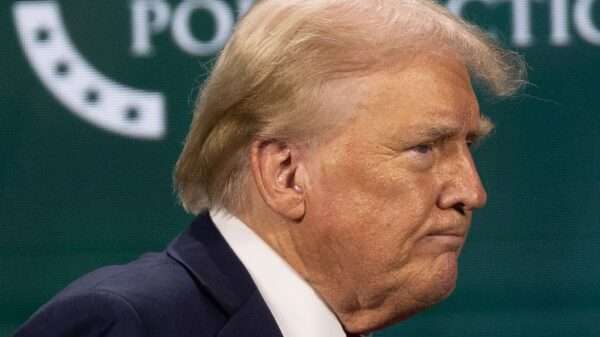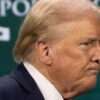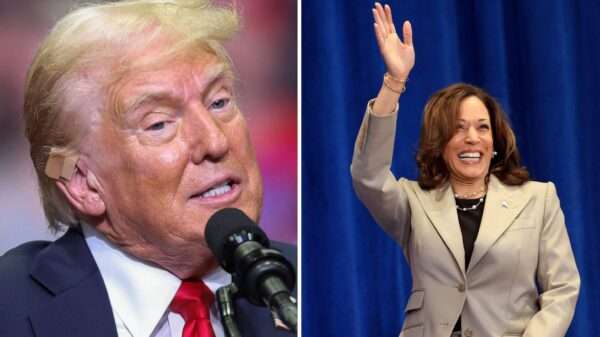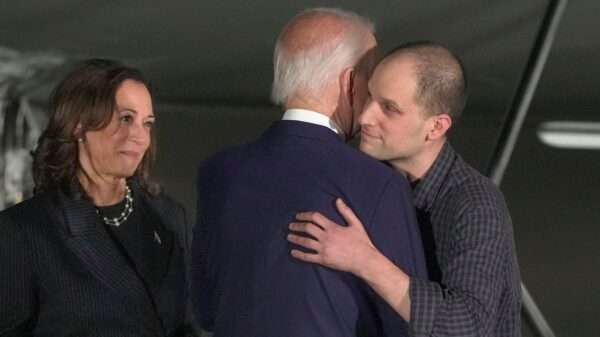In the aftermath of the Labour Party’s decisive victory, the Conservative Party finds itself grappling with a crucial question: who will steer the party through its period of reflection and renewal? With Rishi Sunak’s defeat at the polls, the Conservative Party faces a leadership vacuum, and several prominent figures have emerged as potential candidates for the top job.
As the Conservative Party contemplates its future direction, the leadership race has attracted a diverse array of candidates, each bringing their own vision and experience to the table. Among the frontrunners is Jeremy Hunt, the current Chancellor of the Exchequer and a veteran politician with a track record of navigating complex economic challenges. Hunt’s candidacy is seen as a stabilizing force, given his extensive experience in government and his role in managing the economic aspects of Sunak’s administration.
Another significant contender is Ben Wallace, the former Defence Secretary who has built a reputation for his handling of national security issues and his pragmatic approach to politics. Wallace’s tenure in the Ministry of Defence, coupled with his straightforward style, has garnered considerable support from those who prioritize strong leadership and a clear stance on defense and security matters.
Priti Patel, the former Home Secretary, has also thrown her hat into the ring. Known for her firm stance on immigration and law and order, Patel represents a more right-leaning faction of the Conservative Party. Her candidacy reflects the ongoing debate within the party about its core values and the direction it should take to regain public trust and electoral success.
Additionally, there are rising stars like Kemi Badenoch, the current Minister for Equalities, who has attracted attention for her dynamic approach and fresh perspective. Badenoch’s focus on issues such as education and social mobility, combined with her status as a relative newcomer to the Conservative Party’s leadership debates, positions her as a candidate who might appeal to a broader and more diverse voter base.
The field is not without its share of dark horses and lesser-known figures who are also vying for leadership. Each candidate brings their own strengths and potential drawbacks, reflecting the internal debates within the party about how best to rebuild and reposition itself in the wake of its recent defeat.
As the Conservative Party navigates this period of introspection and transition, the choice of its new leader will be critical in shaping the party’s future trajectory. The leadership race is not merely about selecting a new figurehead; it is about defining the party’s identity and strategy moving forward. With such a varied lineup of candidates, the Conservative Party is set to engage in a robust and potentially transformative debate about its next steps.


